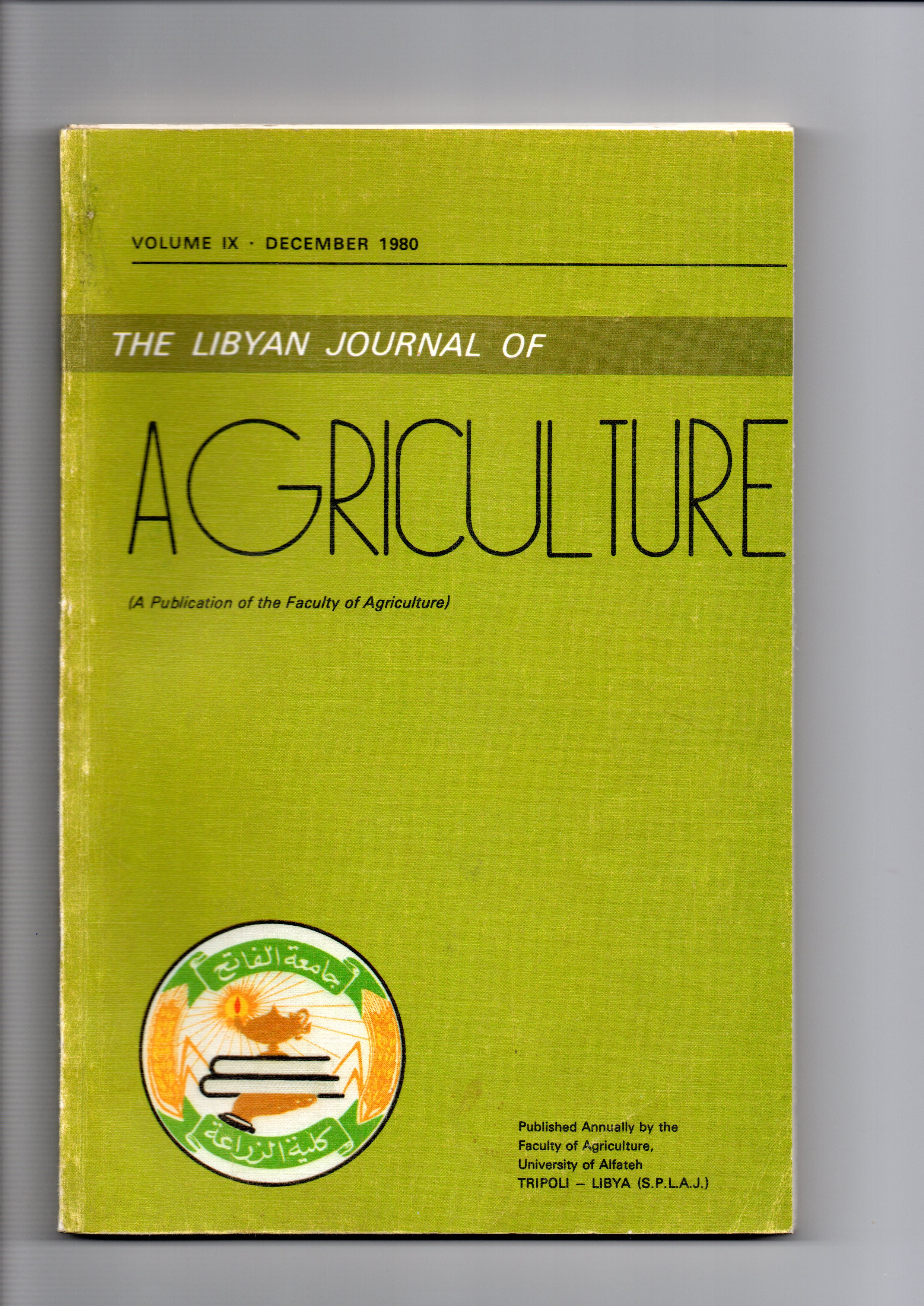Incidence of Bolting in Onion Cultivars Grown from Sets in Libya
Main Article Content
Abstract
The present study was conducted in a split plot design with four replicates during two seasons in Tripoli. Small sets of three promising onion cultivars, namely; Texas Yellow Grano 502, Giza Synthetic, and Giza 6 Mohassan. were planted in the second week of October. These sets resulted from three different sowing dates in the previous season from October to March. With the exception of the second sowing date in the first season, the percentage of bolters was not affected by sowing dates of seeds to get sets. Results were explained and discussed.
In the second part of the study, small sets of similar sowing date of two cultivars; namely, Texas Yellow Grano 502, and Giza Synthetic cultivars, were planted in two years at three planting dates from late September to early December. The statistical analysis of the data showed that the effect of the planting date of sets was significant. Earlier planting in late September and early October produced the highest percentage of bolters. The combined analysis indicated that year x cultivar and year x cultivar x planting date were significant. The percentages of bolters were 51.1. 21.0. and 5.2% in the early, medium and late planting dates, respectively. Late planting produced significantly lower bolters.

